Village of the Week: Saltaire - where forward thinking was before its time
However, while he wasn’t to know the designation would be introduced in the 1970s some 120 years later on, it is likely he was aware of the significance that his project was to have.
Cited by historical, social and cultural experts as “forward thinking” he broke the mould of Victorian mill ownership - which so often determined the lives and quality - or lack thereof - for thousands of northerners.
And Yorkshire was no exception.
Advertisement
Hide AdAdvertisement
Hide Ad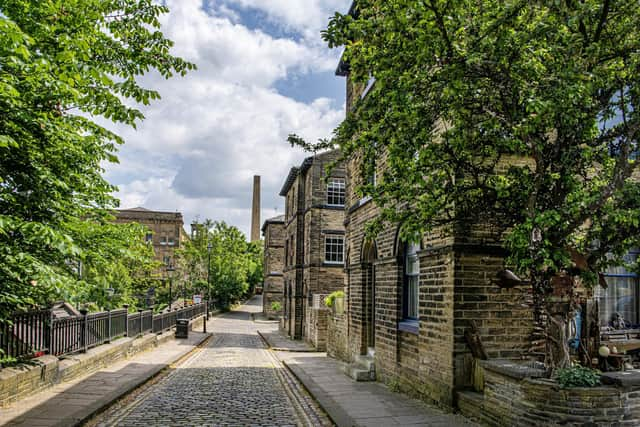

Titus Salt was born in Morley in Leeds in 1803 and from 17-years-old was a wool dealer. He later joined his father’s business and took it over in 1833. Within the next 20 years he had become the largest employer in Bradford.
When he lost his seat as a Liberal MP in 1850 he decided to build a mill large enough to consolidate his others but didn’t want it to be in crowded Bradford and so then he bought the site near Shipley.
The name Saltaire would come from his surname and that of the river (Aire) that runs by.
Saltaire Mill (now known as Salts Mill) was followed by neat stone houses for his workers, wash-houses with tap water, bath-houses, a hospital and an institute for recreation and education, a library, a reading room, a concert hall, billiard room, science laboratory and a gymnasium.
Advertisement
Hide AdAdvertisement
Hide Ad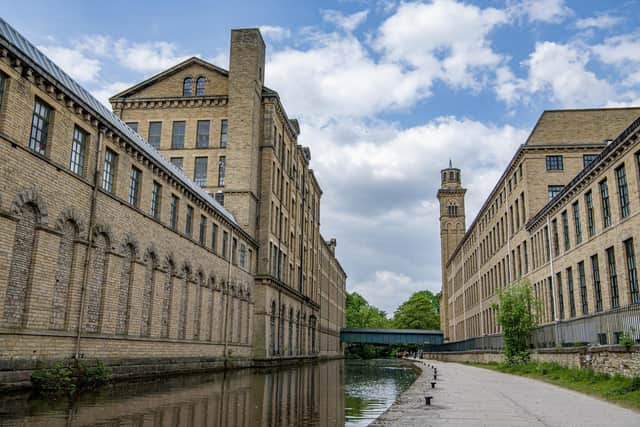

The village had a school for the children of workers, almshouses, allotments, a park and a boathouse and leisure was encouraged in the form of a drum and fife band for school age boys and a brass band for men.
It was a far cry from the slums of Bradford, for example, and the combination of quality housing, employment, recreation, educational facilities and social services made for a landmark example of enlightened 19th century.
Saltaire has developed further around it of course.
A variety of shops and businesses are to be found, rail links and possibly one of the busiest roads connecting Leeds and Bradford.
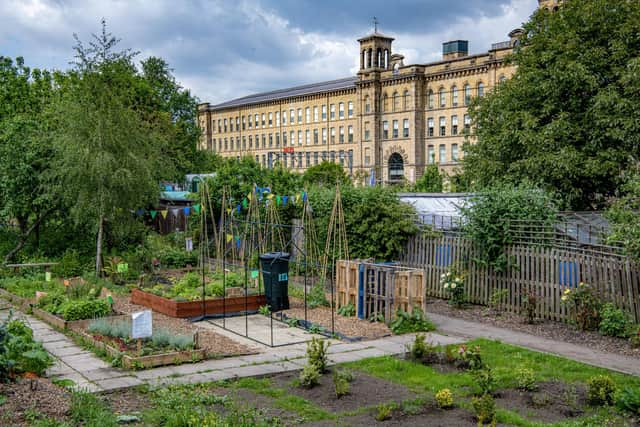

There are also fears that the impact of traffic and modern day smog is harmful to Saltaire and arguments between campaigners, Bradford City Council and the government have been going on for several years with no real progress over a by-pass.
Advertisement
Hide AdAdvertisement
Hide AdIt is thought that a business case alone would cost in the region of £4m to prepare before a spade was even presented.
The village’s location to a ‘trendy’ lifestyle complete with bars, artisan food shops and independent businesses against an urban, industrial yet community backdrop does make it a popular place to be.
One of the hundreds of houses that Salt had built will set you back anywhere between £200,000 and £270,000 these days, according to Rightmove.
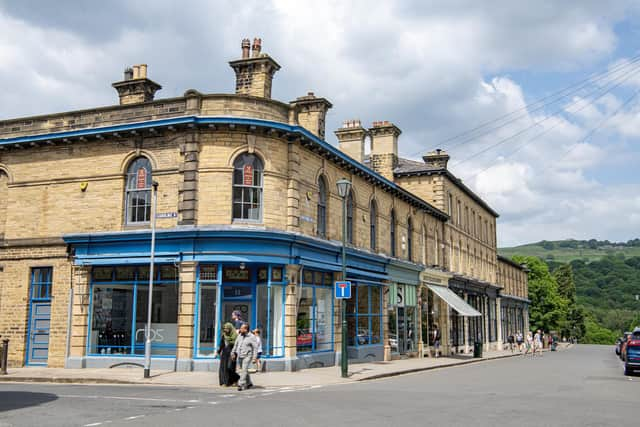

The Salt family’s involvement with the mill ended in 1923 and in 1933 the bulk of the village was sold to the Bradford Property Company.
Advertisement
Hide AdAdvertisement
Hide AdOver the years locals have defended the village from suggestions that the closure of the mill in 1986 led to a change in fortunes for Saltaire and its folk.
In an interview with The Yorkshire Post, local author and history enthusiast, Maggie Smith said: “There used to be hardware stores, milliners, butchers, clothes repair shops - the bar Don’t Tell Titus (a reference to the founder’s abstinence) used to be a greengrocer’s. The shops have changed now and they reflect the people who live here. I’ve been stopped by groups of women from coach tours asking where the ‘proper shops’ are, as if there’s going to be an M&S or Debenhams
“This is a rare type of community and it’s great that the council want to preserve the heritage of it - we are one of the few continuously-occupied UNESCO sites in the world.”
The Saltaire Institute - a grandiose building intended for workers’ advancement, which had reading rooms, lecture halls, a library and gymnasium - is held in trust by the Salt Foundation and is now Victoria Hall, a popular wedding, events and conference venue.
Advertisement
Hide AdAdvertisement
Hide AdThe hospital, which closed in 1979, was converted into apartments, and Roberts Park has been restored. The sports grounds are still used by cricket, tennis and bowls clubs. Only the Sunday school and public wash-house have not survived.
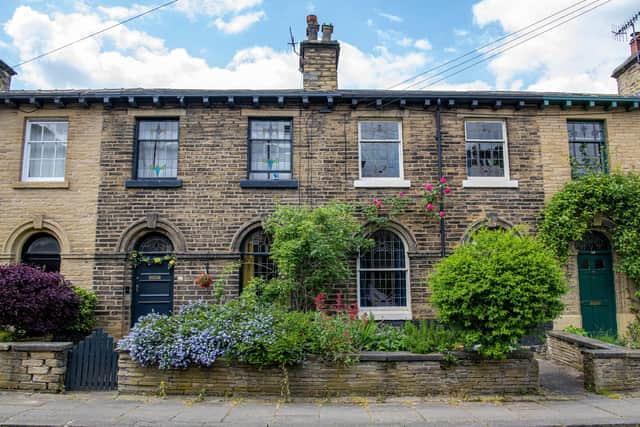

Also coming to a somewhat macabre end is Milner Field a 'lost' mansion - demolished possibly because of the tragic fates of the people who lived there.
Titus Salt Jnr commissioned the house in 1873, soon after he married Catherine Crossley.
The then-Prince of Wales, the future King Edward VII, visited as did Princess Beatrice, the youngest daughter of Queen Victoria.
Advertisement
Hide AdAdvertisement
Hide AdBut tragedy struck when Sir Titus Jnr died in the billiard room in 1887, having been diagnosed with a heart condition two years earlier
Milner Field passed into the hands of Sir James Roberts, a self-made wool baron from Haworth. He was initially successful in running the business, but the curse of Milner Field seemed to dog his family too.
Three of his four sons died in a 14-year period between 1898 and 1912. The surviving son, Harry, was badly injured in the First World War and never returned to the business, retiring to a farm in Jersey.
There were several unusual and premature deaths among the families who subsequently lived at Milner Field, and the house became difficult to sell or let as its ghoulish reputation grew.
Advertisement
Hide AdAdvertisement
Hide AdErnest Gates moved in in 1923, but lost his wife to illness just weeks later. Two years later, he died of blood poisoning after cutting his foot.
Arthur Remington Hollins, took up residence in 1925. His wife Anne died of pneumonia at 43 less than a year later. Three years later Arthur died.
The house was abandoned by 1930 and never occupied again with demolition attempts taking place throughout the 1950s.
Last year, a group of locals started to safely uncover parts of building that remain and original features of the building have been uncovered.
